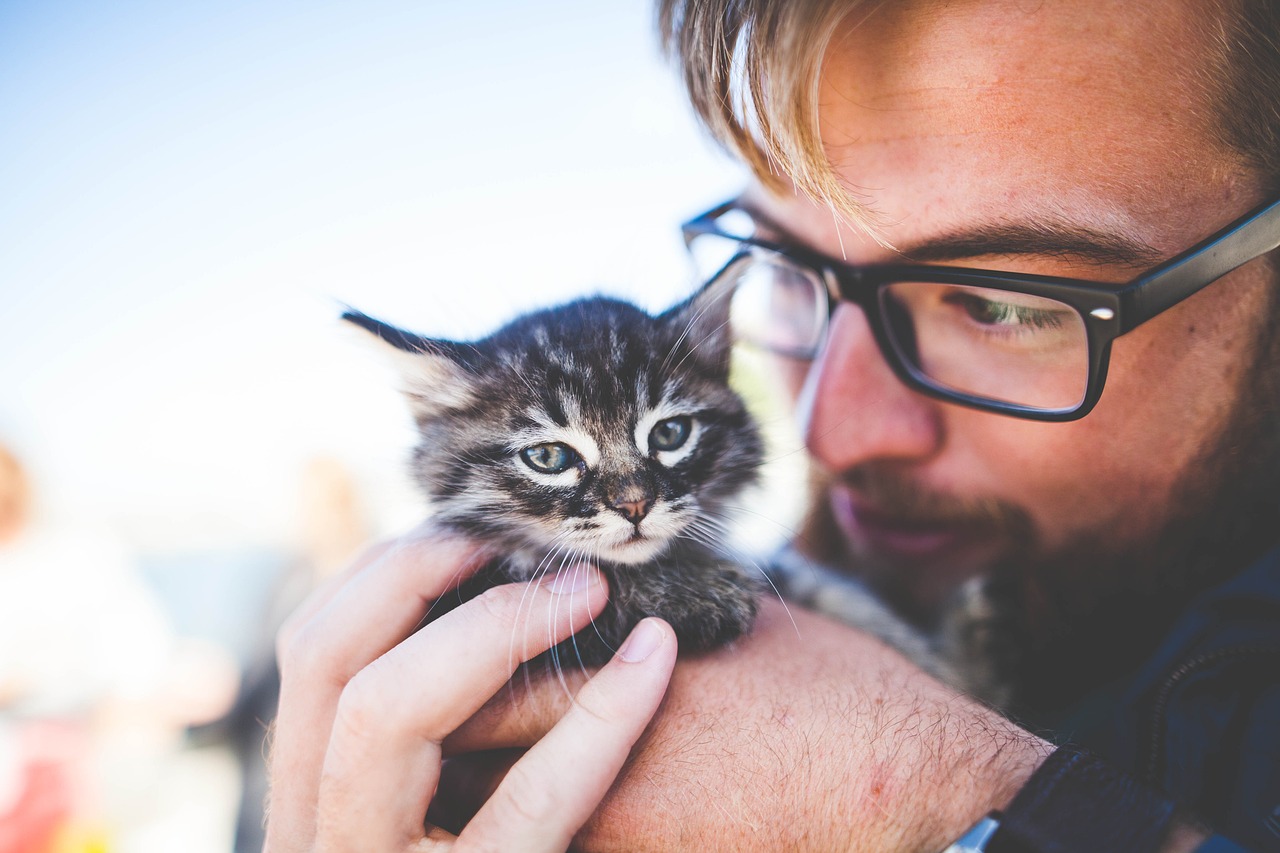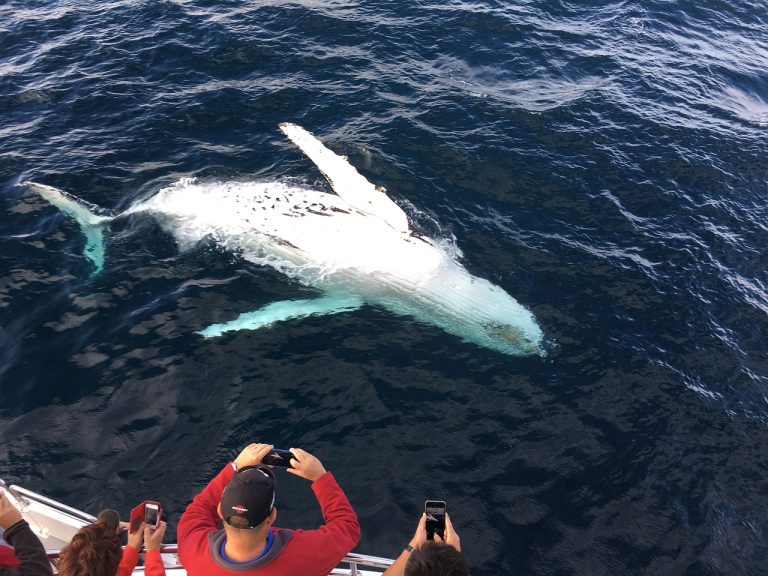
Are you curious to understand how to simultaneously address the needs of your pet and the environment? If you’re a pet owner attempting to live sustainably, it’s imperative to take your pet’s carbon pawprint into account.
Besides humans, pets also exert a considerable environmental influence. Therefore, making sustainable choices in pet ownership can contribute to a healthier planet, and it’s worth more than just a fleeting consideration for pet lovers seeking to embrace a sustainable way of living.
Essential Insights for Pet Owners
As adorable as our furry companions are, they do contribute to environmental changes. Plastic pet toys, plastic poop bags, and pet waste all have an adverse effect on the environment.
To ensure that your pet has a minimal carbon footprint, there are numerous strategies and pieces of advice that can be implemented. From using eco-friendly pet products to handling dog and cat waste responsibly, practicing low-impact pet ownership is essential.
Interestingly, pet dogs are responsible for about 7% of the annual environmental change effects of the average European Union resident. As responsible pet parents, aside from supporting eco-friendly pet companies, we have curated 9 top tips for raising an eco-pet.
Effective Ways to Get Rid of Fleas on Cats
Fleas can be a pesky and bothersome problem for our feline friends. If ignored, these microscopic parasites can result in more serious health problems in addition to irritation and itching. It’s crucial to treat flea infestations as a conscientious cat owner as soon as possible. We will discuss the most effective ways of getting rid of fleas on cats in this in-depth guide to provide your pet a comfortable and flea-free existence.
1. Flea Shampoo and Bathing
Using a specially formulated flea shampoo is an effective way to kill fleas on contact during bath time. Ensure you choose a product specifically designed for cats, as dog flea shampoos can be toxic to them. Remember not to bathe your cat too frequently, as it may dry out their skin.
3. Spot-On Treatments
Spot-on treatments are topical solutions applied directly to your cat’s skin, typically between their shoulder blades. These treatments contain insecticides that target fleas and disrupt their life cycle. They are easy to use and provide long-lasting protection against fleas.
4. Oral Medications
Oral medications are another option to consider, especially if your cat is difficult to handle during topical applications. These medications come in the form of pills or chewables and work systemically to kill fleas when they bite your cat. Consult your veterinarian to find the most suitable oral treatment for your cat.
5. Flea Collars
Flea collars release chemicals that repel and kill fleas. They are easy to use and offer extended protection against flea infestations. However, make sure to choose a collar that is safe for cats and doesn’t cause any allergic reactions.
A Guide to Sustainable Pet Ownership – 9 Tips
1. Choose Eco-Friendly Pet Products
Choose sustainable and eco-friendly solutions when buying pet supplies. Consider purchasing pet supplies like biodegradable litter produced from recycled paper or wood, as well as pet food that is manufactured with organic and ethically sourced components. By choosing sustainable products, you support companies that prioritize environmental responsibility.
2. Adopt, Don’t Shop
Consider adopting a pet from a local shelter or rescue organization instead of buying from a breeder. Adopting not only gives a loving home to a pet in need but also helps reduce the demand for breeding, which can contribute to pet overpopulation. Many shelter animals make wonderful and loyal companions.
3. Spay or Neuter Your Pets
Being a responsible pet owner means spaying or neutering your animals. Additionally to preventing unwanted litters, it is good for your pets’ health and temperament. By taking this step, you contribute to controlling the pet population and reducing the strain on animal shelters.
4. Sustainable Pet Food Choices
Consider the environmental impact of your pet’s diet. Look for pet food brands that use sustainable sourcing and packaging. Opt for products made from locally sourced ingredients, as this reduces the carbon footprint associated with transportation.
5. Practice Eco-Friendly Waste Management
Dispose of pet waste responsibly. When walking your dog, use biodegradable poop bags, and think about composting pet waste in special bins. Cat litter shouldn’t be flushed down the toilet since it can damage water systems.
6. Create a Green Living Space
Incorporate pet-friendly plants into your home to create a green and healthy living space. Indoor plants not only enhance the quality of the air, but they also entertain and stimulate your dogs. However, exercise caution because some plants might be poisonous to animals.
7. Use Non-Toxic Cleaning Supplies
Traditional cleaning supplies frequently include dangerous substances that can harm the environment and your pets. Effective and secure alternatives include vinegar, baking soda, and lemon.
8. Embrace Energy Efficiency
Reduce your pet’s carbon pawprint by embracing energy-efficient practices. Use energy-saving pet supplies like water dispensers and automatic feeds. In addition to saving energy, these gadgets make sure that your dogs’ needs are handled even while you are not at home.
9. Eco-Friendly Pet Toys and Enrichment
Choose eco-friendly pet toys and enrichment activities for your pets. DIY toys made from recycled materials are not only environmentally friendly but also provide mental stimulation and prevent boredom. Engaging in playtime with your pets strengthens your bond and encourages a healthy, active lifestyle.
Conclusion
Being a sustainable pet owner is a rewarding commitment that benefits both our pets and the environment. By making conscious choices in pet care and purchasing eco-friendly products, we can significantly reduce our ecological impact. Remember, every small step towards sustainability counts, and collectively, we can create a better world for our furry companions and the planet.



